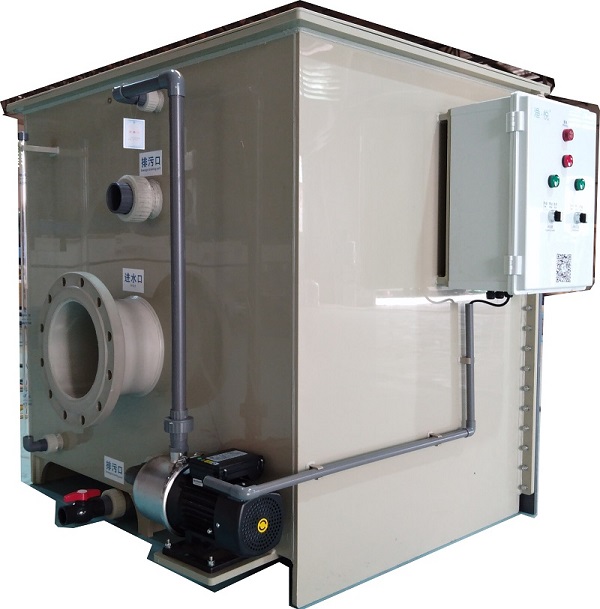Muddy management scheme of circulating water for fish culture
A lot of aquaculture has been muddied recently for shrimp ponds.
There are many reasons for the muddy circulation, not just the muddy circulation caused by a single reason.
1. Muddy water caused by excessive insects in the water;
2. The muddy water caused by sudden weather changes.
3, water aging caused by muddy,
Too much muddy water will lead to a lack of oxygen in the pond, causing the shrimp to float, and in severe cases, resulting in the shrimp stealing to death.
So, how to effectively deal with muddy water?
What kinds of muddy water are divided into?
Please read down! You'll learn something new!
What are the causes of the muddle? It's not as easy as you think!
What about the murky situation in the fish pond?
Take a transparent bottle, take the water from the fish pond, and then let it sit for a period of time to see if there is precipitation.
(1) Sedimentation was observed in the bottle, but the overall clarification indicated that the muddy water was caused by the suspension of organic matter and sediment in the water. This often happens after a rainstorm, when it's washed out or when it's at the bottom of the pond, or when there's too much organic matter in the pond.
(2) No obvious precipitation colloid turbidity was observed in the bottle.
A: The colloid is cloudy
Refers to the colloidal particles in the pond, CladoceRAS and copepods and other zooplankton excessive reproduction, resulting in the phenomenon of white soil and water called colloidal turbidity.
There are too many zooplankton in the water, but it is not recommended to kill, there is a certain risk, so you can use a pump, add a filter to filter out the plankton, and then carry out the treatment of water purification and algae cultivation.
B: Non-colloidal turbidity
These include organic suspended turbidity and sediment.
Three, deal with turbidity this way, effective and fast!
(1) Colloid turbidity appears in the pond
1, should first be treated with low toxicity and high efficiency pesticide, or light trapping;
2, insecticide two days later, the use of organic acid detoxification, the market of organic acids, it is recommended that we choose a high content, and the best concentration, the general use of more, easy to carry.
3. Supplement bacteria and fertilizer to purify water quality
Generally, the water color will recover in 2-3 days. But follow up with the use of microecologics, such as Em bacteria, which are widely recognized for their effectiveness in aquaculture. However, the use of good EM fermentation broth costs more, and after the manufacturers and dealers for a long time to store, the vitality of bacteria will decline.
(2) Non-colloid turbidity appears in the fish pond
1. Adsorption and flocculation of the bottom with polymers such as potassium ferrate or aluminum ferric chloride, and then continuous bottom modification. Because prawns are benthic, the polymer sinks to the bottom and binds to the gills of the shrimp, affecting respiration.
2. Use some microecological agents, such as EM bacteria, photosynthetic bacteria, etc.
Photosynthetic bacteria can quickly reduce ammonia nitrogen, hydrogen sulfide, by competing with algae for nutrition, inhibit excessive reproduction of algae, control the transparency of water, and effectively purify water quality. Improve the bottom of the pond, from the root of the bottom deterioration of the elimination of all kinds of negative effects.
3. If organic matter is too much, Bacillus can be used to decompose organic matter.
Use in sunny morning, pay attention to increase oxygen during the process.
The future trend of aquaculture must be factory recirculating aquaculture. Low risk, high profit.



